15 Wild Animals in Macedonia [Wildlife in Macedonia]
Want to know more about wildlife in Macedonia?
Discover 15 wild animals in Macedonia in this post, as well as interesting facts about them. 🇲🇰
Learn All About Macedonian Animals
Ready to learn all about Macedonian animals?
I’ve always been fascinated by animals, and by how they can be so different from one country to another. In this guide, we’ll focus on the many animals Macedonia has on the land, in the sky, and under water.
I’ve split the guide into 6 categories:
- Native animals from Macedonia
- Endangered animals of Macedonia
- What is the national animal of Macedonia?
- How many animals native to Macedonia?
- What kind of bears live in Macedonia?
- How many bears are in Macedonia?
Let’s dive in right away with our first category!
Native Animals from Macedonia
Macedonia, officially known as North Macedonia since 2019, is a landlocked European country located in the southeastern part of the continent. It is one of the smallest countries in all of Africa, and it has been one of the successor states of Yugoslavia since 1991 when it broke up. It is bordered by Greece, Kosovo, Serbia, Bulgaria, and Albania, and its capital and largest city is Skopje, which counts more than 488,000 inhabitants (but more than 607,000 if you include the metropolitan area).
An interesting part of the country that I wanted to tackle is its wildlife. In light of that, I have listed the best of it, and I hope you will love learning what animals live in Macedonia.
Here’s the Macedonia animals list.
1. Balkan lynx
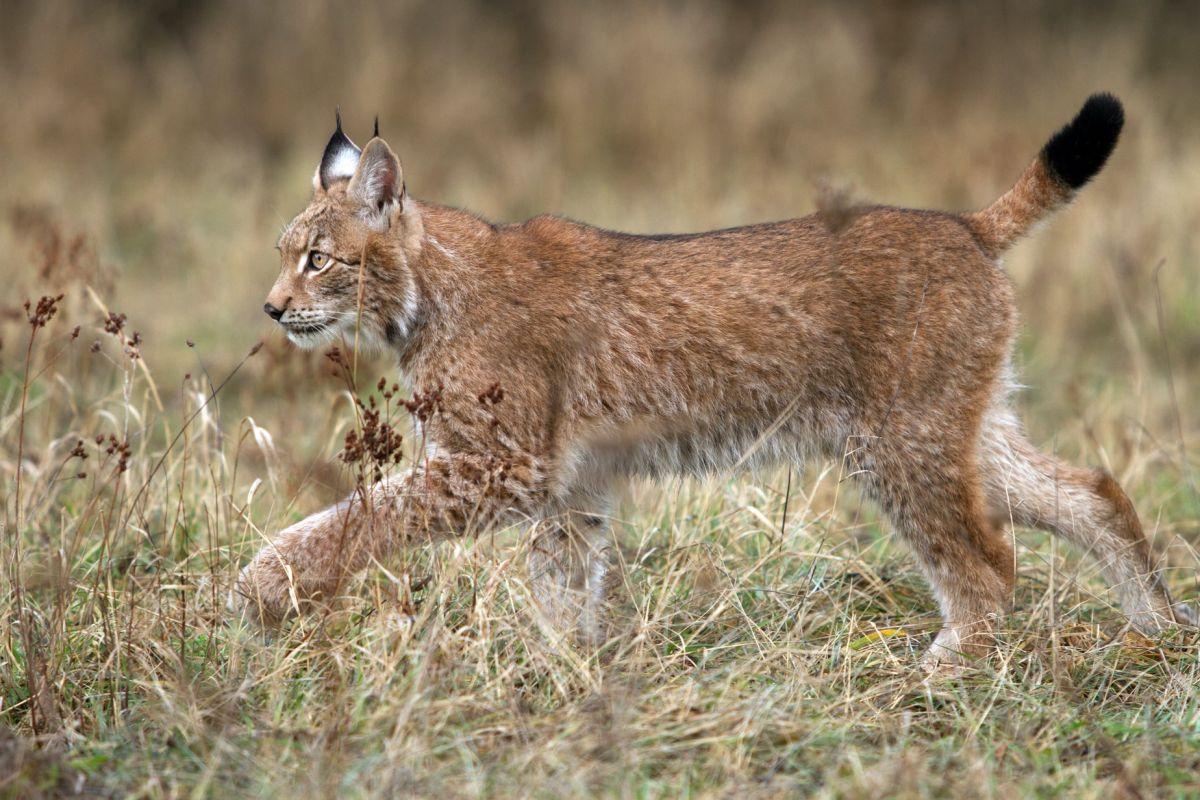
- Name: Balkan lynx
- Scientific name: Lynx lynx balcanicus
- Conservation status:
The Balkan lynx is a subspecies of the Eurasian lynx endemic to the Balkans: it can be found in western North Macedonia, Montenegro, and eastern Serbia, and is one of the national symbols of North Macedonia., as it appears on the 5 denar coin.
This lynx is on the brink of extinction, as there are only 35 to 40 individuals left, and they are all threatened by habitat loss and poaching.
2. European ground squirrel
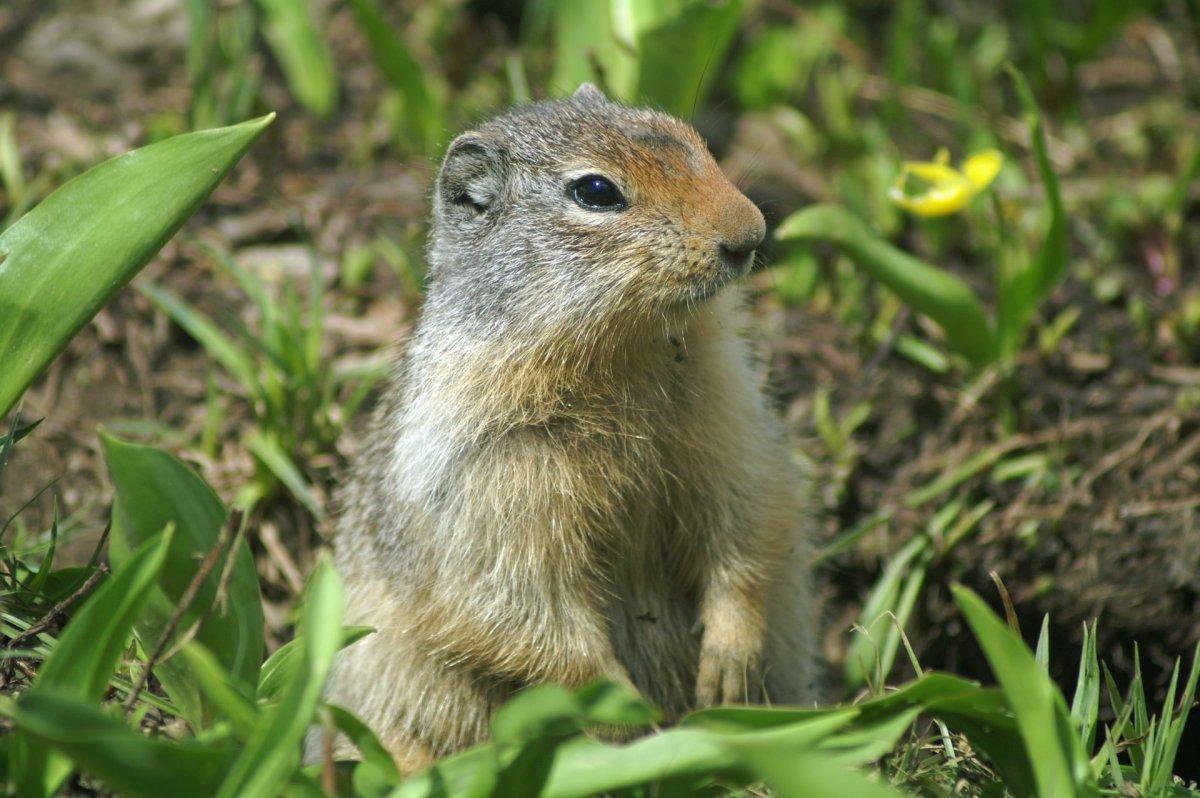
- Name: European ground squirrel
- Scientific name: Spermophilus citellus
- Conservation status:
The European ground squirrel, also known as the European souslik, is a species of squirrel native to eastern and southern Europe, from the Czech Republic and Austria to North Macedonia, Greece, and Ukraine.
It is active by day and lives in colonies of burrows. Its diet is made of plant shoots and roots, seeds, and invertebrates, and it is listed as endangered because its population has dwindled by more than 30 percent in the past 10 years, mostly due to agricultural and urban expansion.
3. Brown bear
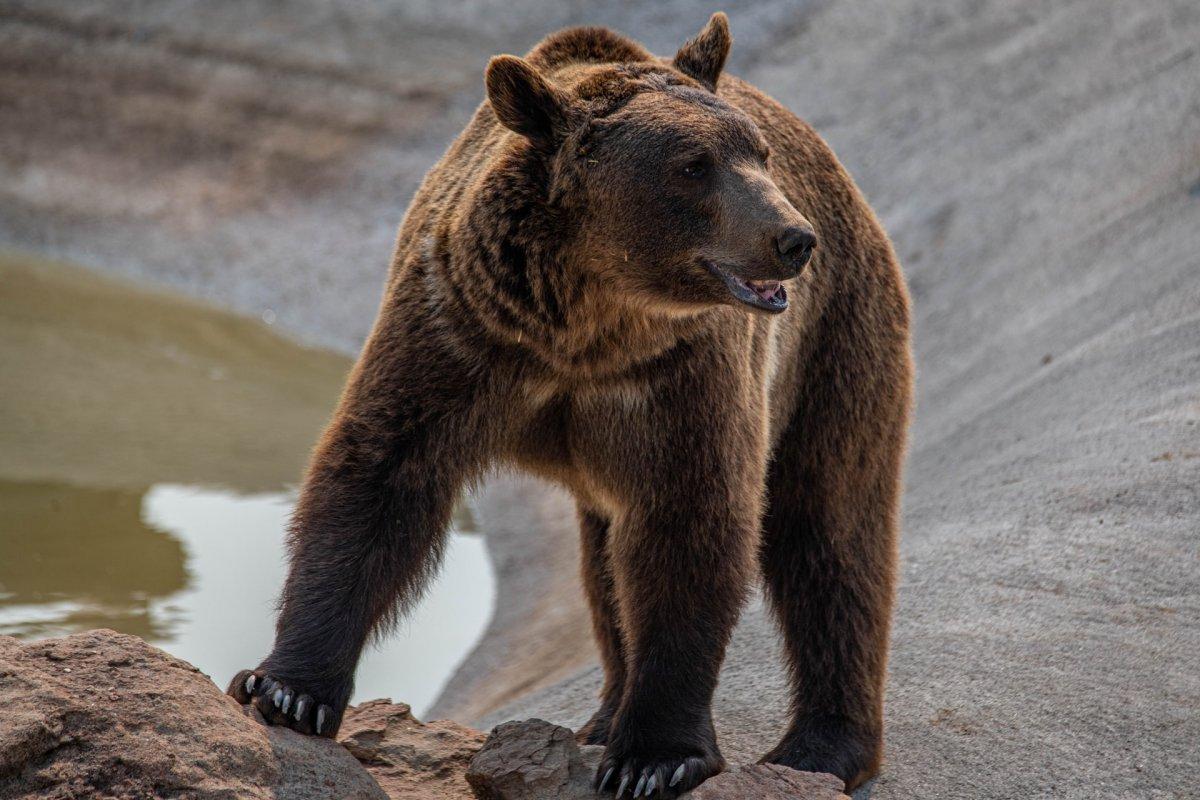
- Name: Brown bear
- Scientific name: Ursus arctos
- Conservation status:
The brown bear is a large species of bear that can be found throughout much of Eurasia and North America. Depending on the location, it has different names, from the grizzly bear to the Kodiak bear and the Marsican bear.
Despite being considered of least concern and having a total population of about 110,000 individuals, the brown bear is facing local extinctions across its range, which has greatly shrunk over the years.
4. Eurasian otter
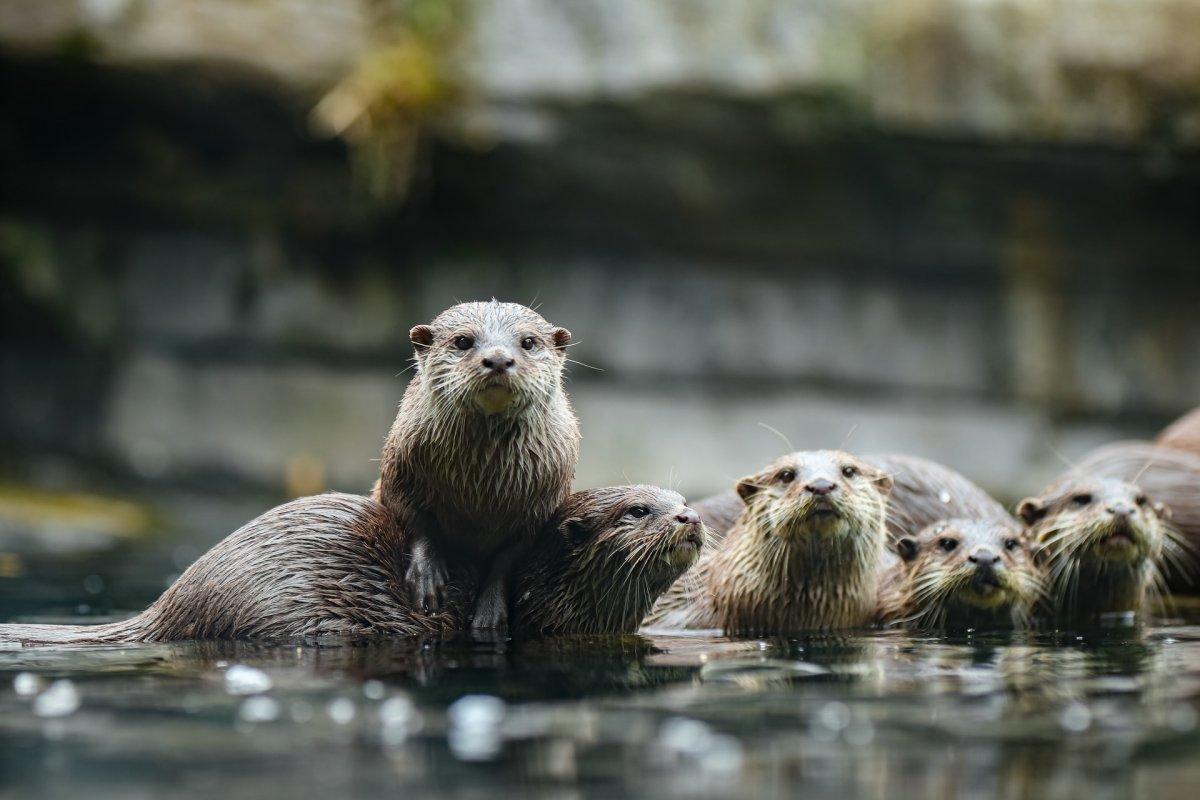
- Name: Eurasian otter
- Scientific name: Lutra lutra
- Conservation status:
The Eurasian otter, also known as the Old World otter, the common otter, or the Eurasian river otter, is a species of semi-aquatic mammal native to much of Eurasia, the Indian subcontinent, southeastern Asia, and northwestern Africa.
It is a strongly territorial mammal that can be a fantastic opponent, despite its peaceful looks. Its diet is mainly made of fish, and it is more or less endangered depending on the part of its range, and overall listed as near threatened.
5. Gray wolf
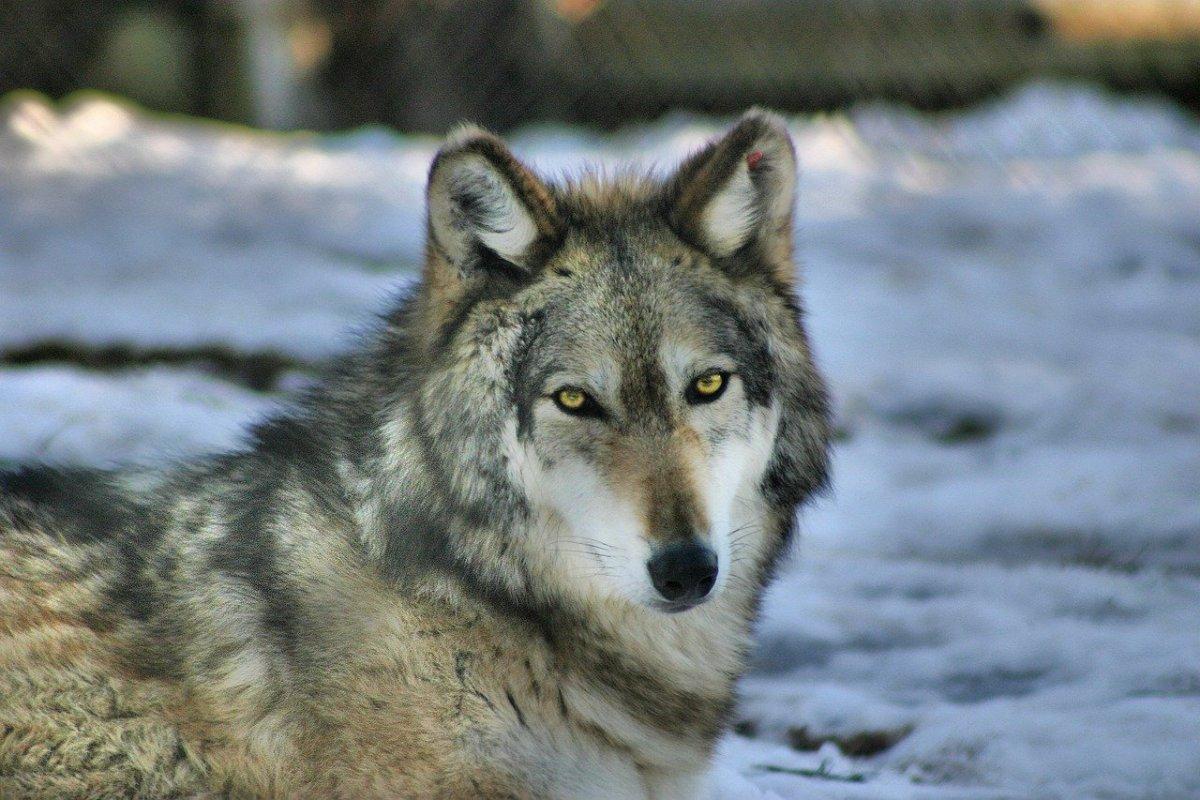
- Name: Gray wolf
- Scientific name: Canis lupus
- Conservation status:
The gray wolf is the largest species of canine in the world. Native to Eurasia and North America, it has had one of the longest histories of interactions with humans, being pictured in fantasy, literature, and tales, as well as being persecuted for its fearsome reputation (however, attacks on humans are very rare and are usually caused by individuals carrying rabies).
There are about 300,000 wolves in the world, divided into more than 30 subspecies, which are more or less endangered. What is common to all of these species is their range, which slowly decreases over time.
6. Golden jackal
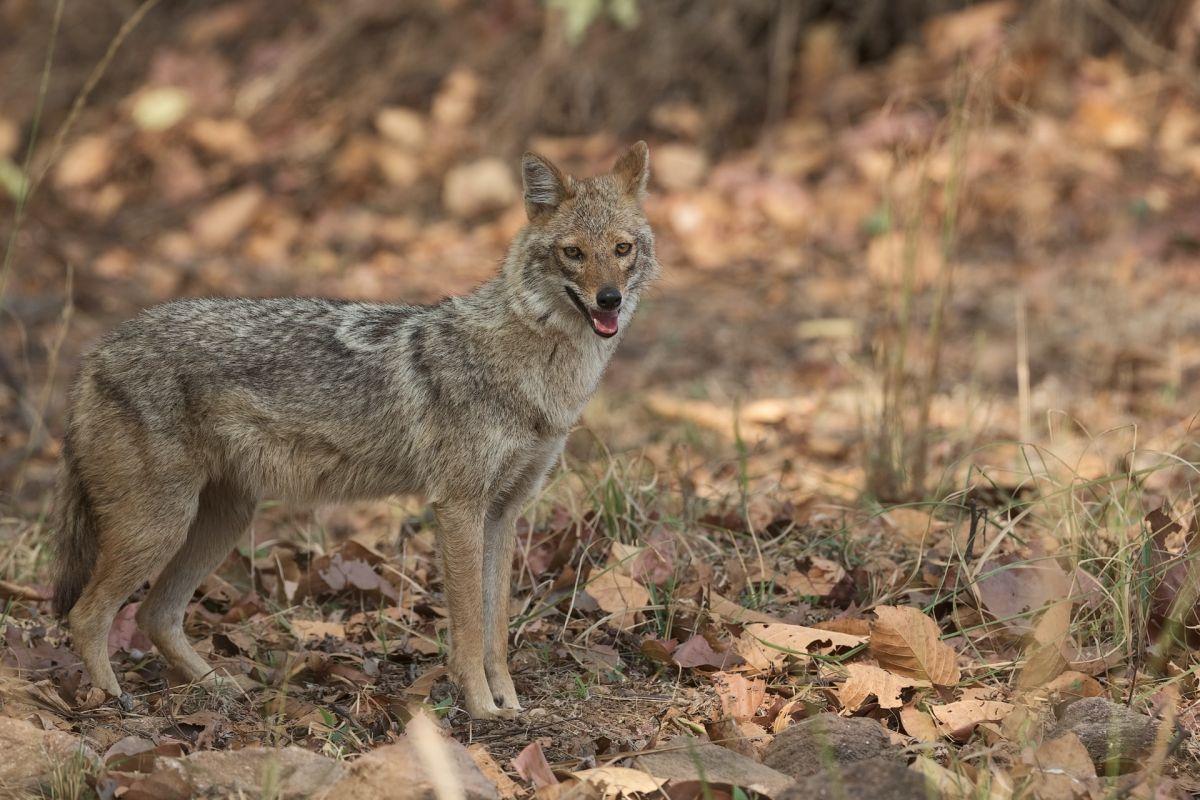
- Name: Golden jackal
- Scientific name: Canis aureus
- Conservation status:
The golden jackal is a species of canid that resembles a wolf. It is native to southwestern, southeastern, and southern Asia, as well as eastern Europe. While it was extinct in North Macedonia at the beginning of the 1960s, it came back in forested mountainous areas during the 21st century.
One of the main reasons for the success of the golden jackal is the decline of the gray wolf, and because of this, it can be found in more and more areas.
7. Common raccoon dog
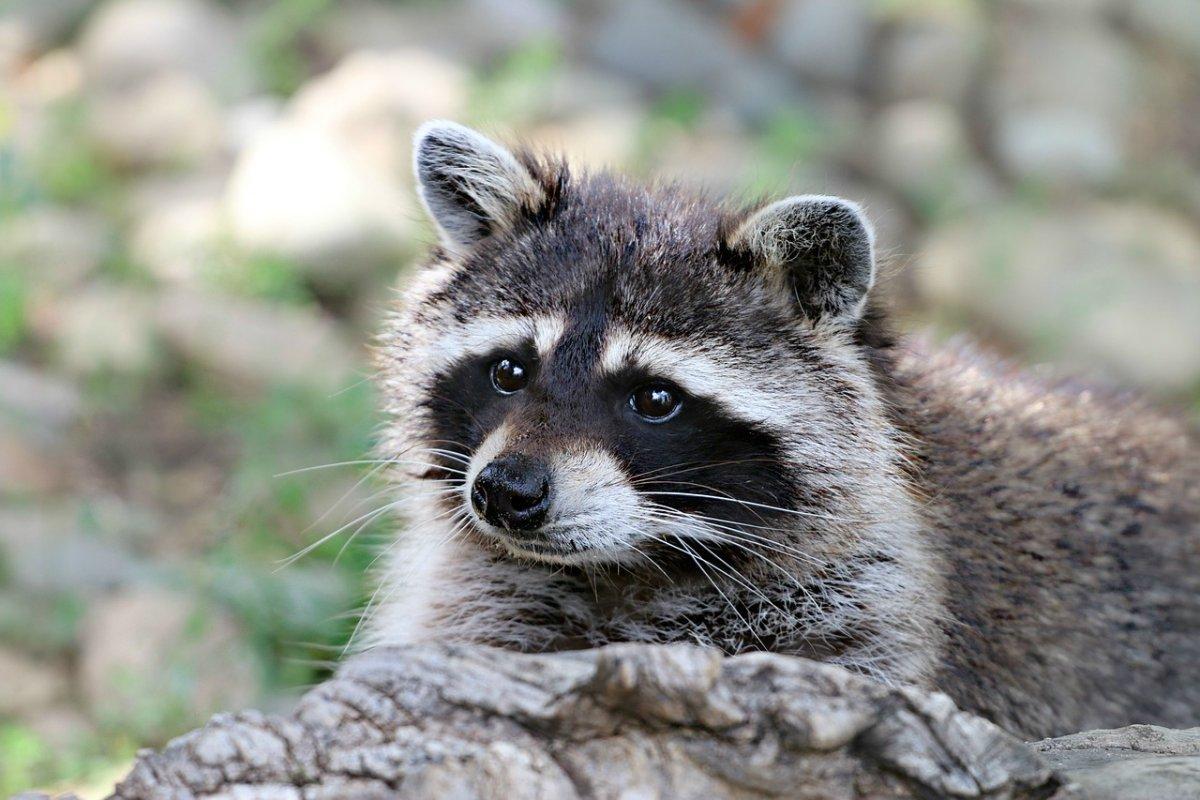
- Name: Common raccoon dog
- Scientific name: Nyctereutes procyonoides
- Conservation status:
The common raccoon dog, also known as the mangut, the neoguri or the Asian raccoon dog, is a species of canid native to northern Vietnam, Japan, and continental eastern Asia. It has been introduced to much of Europe because of the fur trade, and it can be found from France in the West to western Russia and Scandinavia in the East.
Although it looks a lot like a raccoon due to its black facial mask, the raccoon dog is not closely related to the raccoon.
8. Roe deer
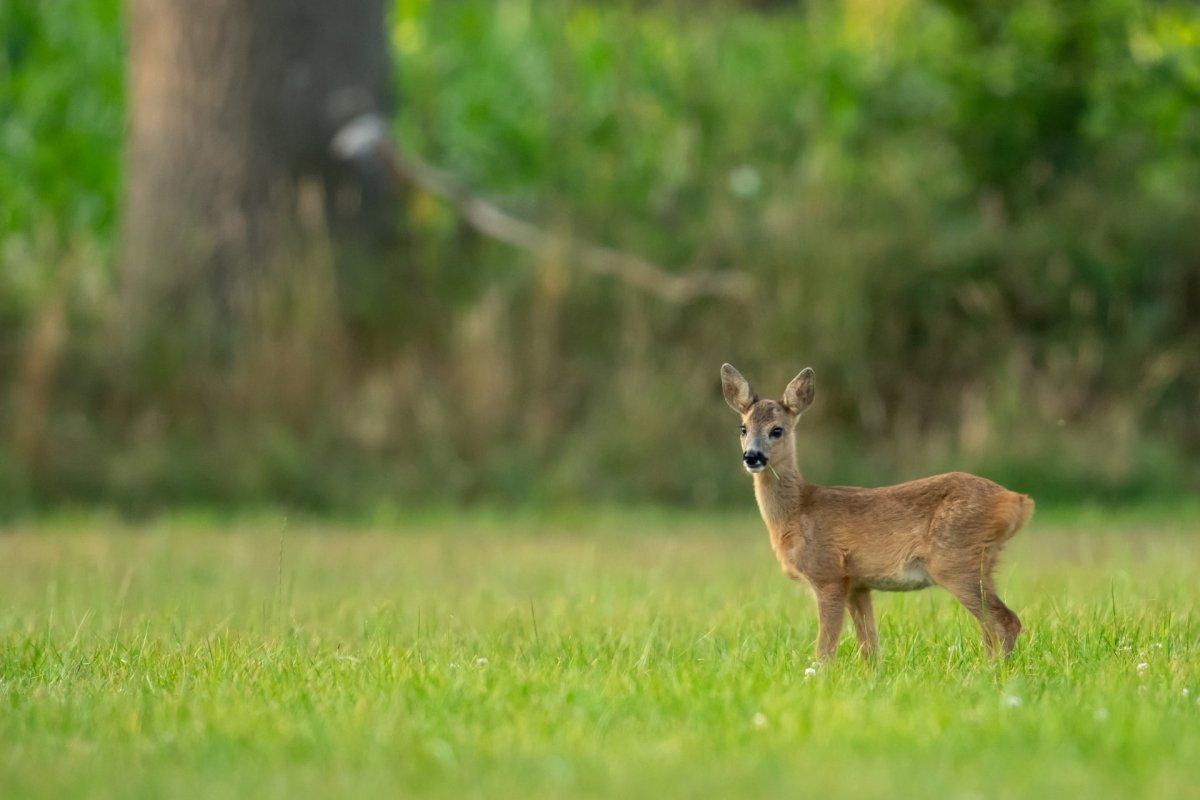
- Name: Roe deer
- Scientific name: Capreolus capreolus
- Conservation status:
The roe deer, also known as the European roe, the western roe deer, or simply the roe, is a small species of deer that can be found almost anywhere in Europe, except for the islands of Corsica, Sardinia, Sicily, and Ireland.
This deer usually remains hidden in dense vegetation during the day, and only emerges at dusk to feed on moist, tender grass, as well as young shoots, berries, grasses, and leaves.
9. Chamois
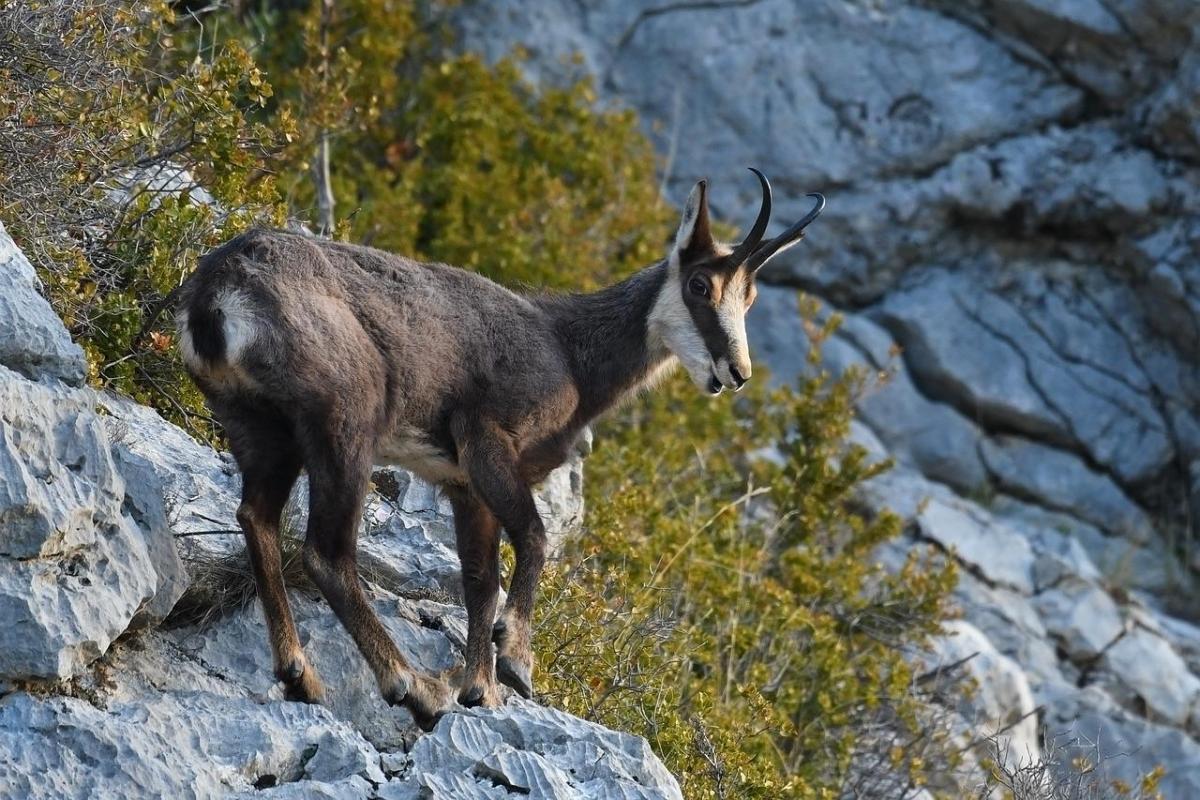
- Name: Chamois
- Scientific name: Rupicapra rupicapra
- Conservation status:
The chamois is a species of goat-antelope native to the mountain ranges of Europe, from the Pyrenees and the Alps to the Carpathian and the Balkans, and has been introduced to the southern island of New Zealand.
Male chamois are usually solitary for most of the year, while females gather with their young in herds of about 15 to 30 individuals. Because of its tasty meat, this mammal is hunted, and because of the fact that it never looks upwards for possible danger, it is pretty easy to stalk from above.
10. Wild boar
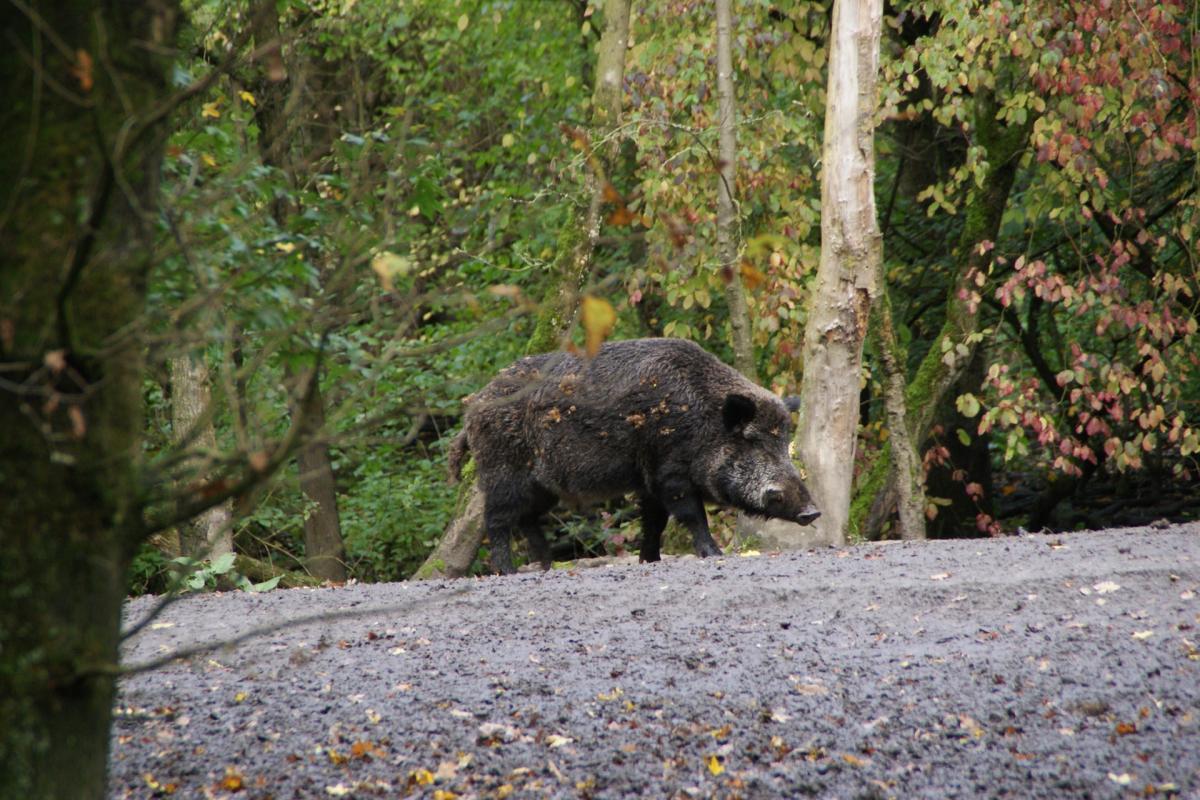
- Name: Wild boar
- Scientific name: Sus scrofa
- Conservation status:
The wild boar, also known as the wild swine, the Eurasian wild pig, or the common wild pig, is a species of mammal native to most of Eurasia and North Africa, and one of the most common, emblematic, and widespread animals in all of Europe.
16 subspecies of the wild boar are currently recognized, and the one that can be found in Macedonia is the Central European boar.
11. European hare
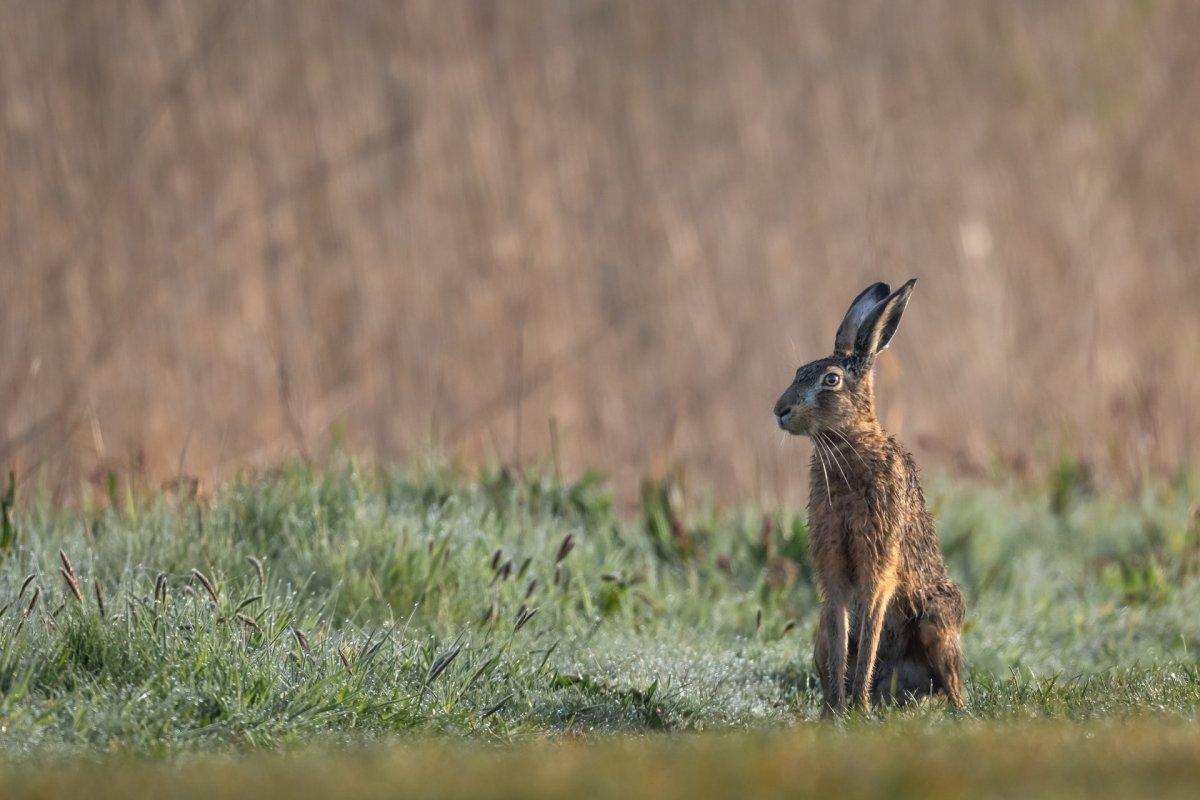
- Name: European hare
- Scientific name: Lepus europaeus
- Conservation status:
The European hare, also known as the brown hare, is a species of hare native to Europe and some parts of Asia. It is one of the largest hares and is well-adapted to temperate, open country.
This hare is herbivorous and mainly feeds on herbs and grasses. Its main predators are canids, felids, and birds of prey, and it can only rely on its speed to attempt an escape.
12. European wildcat
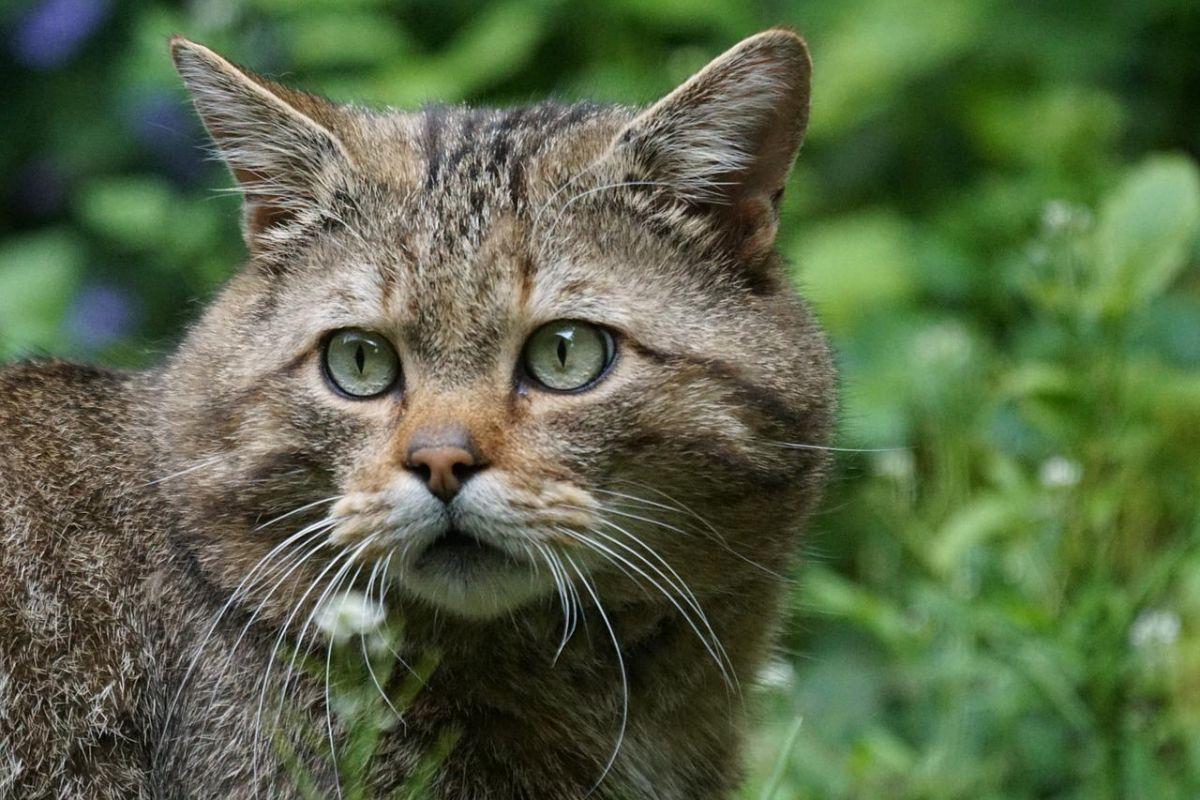
- Name: European wildcat
- Scientific name: Felis silvestris
- Conservation status:
The European wildcat is a small species of wildcat native to Europe, Scotland, Turkey, and the Caucasus. It inhabits forests and has a bushy tail with a black tip.
This cat is mostly nocturnal because of human activities but can be active by day in undisturbed areas. It preys on small mammals such as rodents and lagomorphs, but also ground-dwelling birds. Although considered of least concern, it is seriously threatened by persecution, interbreeding, and habitat loss.
13. Caspian whipsnake
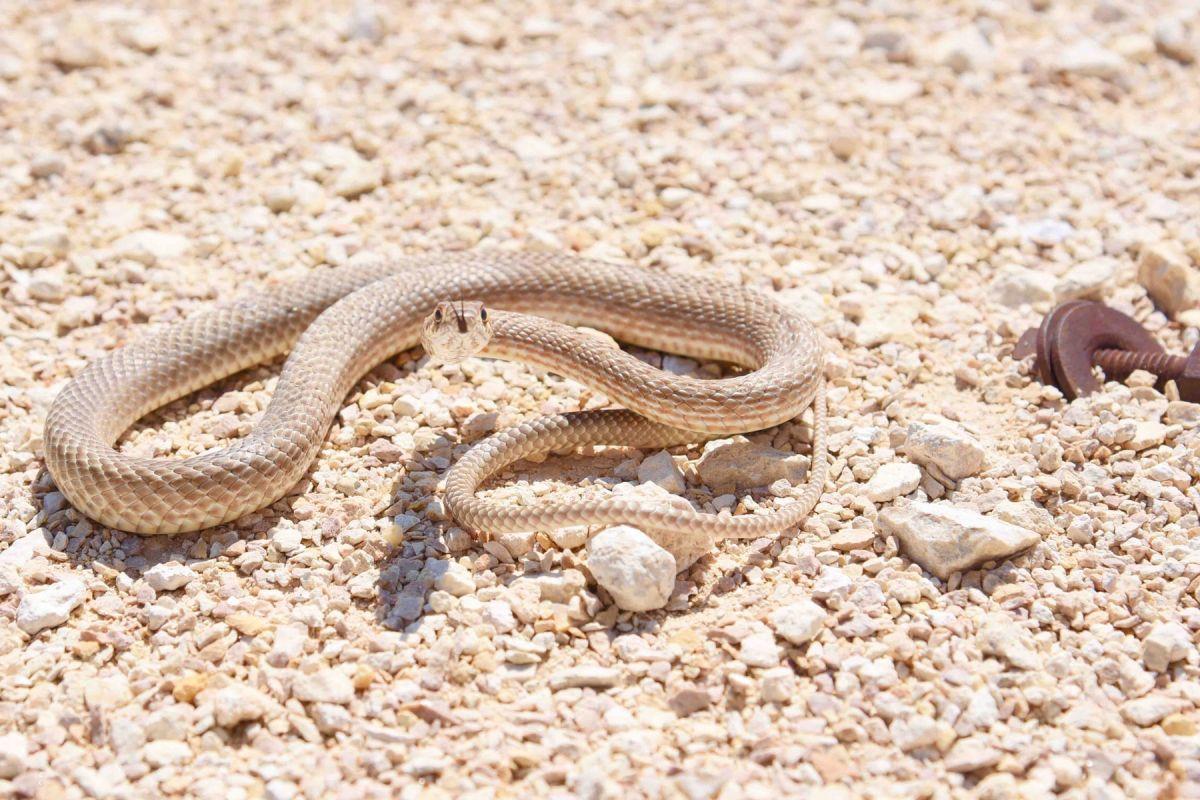
- Name: Caspian whipsnake
- Scientific name: Dolichophis caspius
- Conservation status:
The Caspian snake, also known as the large whipsnake, is Europe’s longest species of snake. It can be found in the Balkans and other eastern parts of the continent, and it inhabits lowland areas near major rivers such as the Danube.
This snake is a generalist predator that feeds on a wide variety of vertebrates, from small mammals and reptiles to birds and other snakes. Although it is not venomous, it is quite aggressive and ferocious, and bites quickly and without warning.
14. Hermann’s tortoise
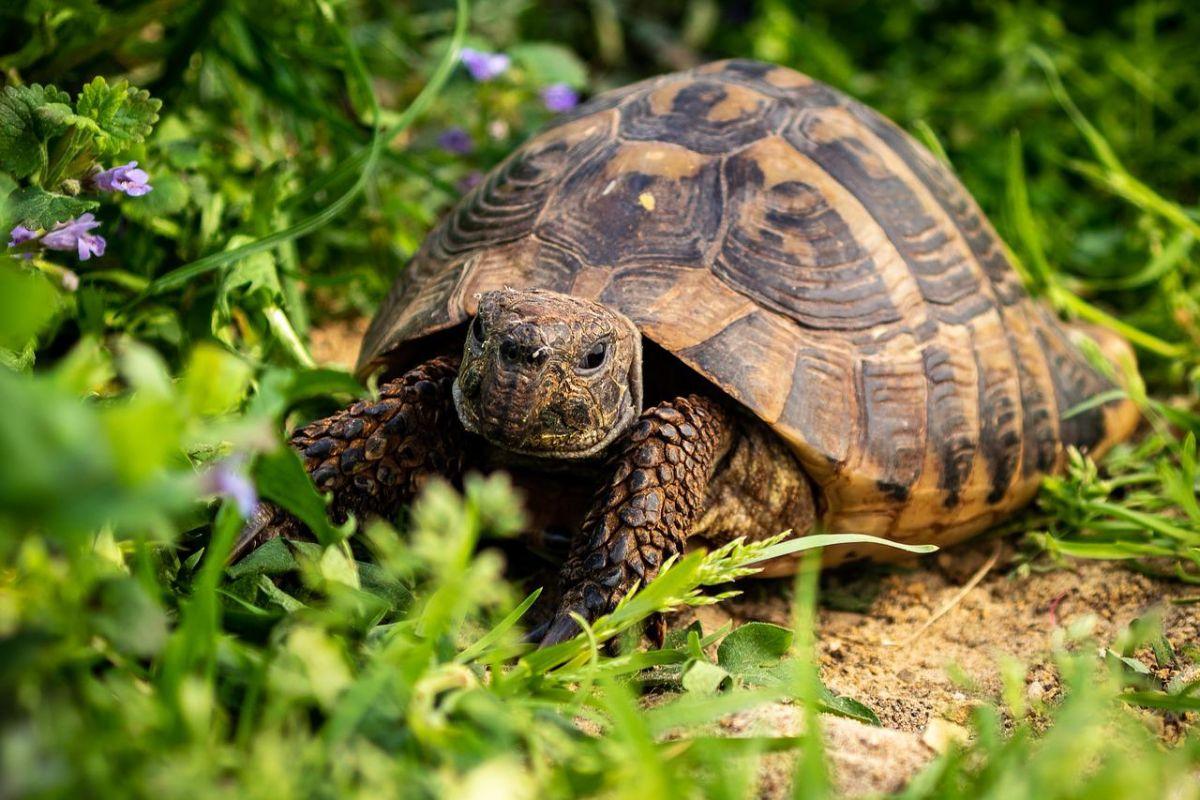
- Name: Hermann’s tortoise
- Scientific name: Testudo hermanni
- Conservation status:
Hermann’s tortoise, further divided into two subspecies, the eastern Hermann’s tortoise and the western Hermann’s tortoise, is a species of tortoise native to southern and southeastern Europe, from the Italian Peninsula and its neighboring islands to the eastern parts of Greece.
This species is small to medium-sized, and lives in a shelter during the night, before emerging early in the morning to bask in the sun and warm its body.
15. Bearded vulture
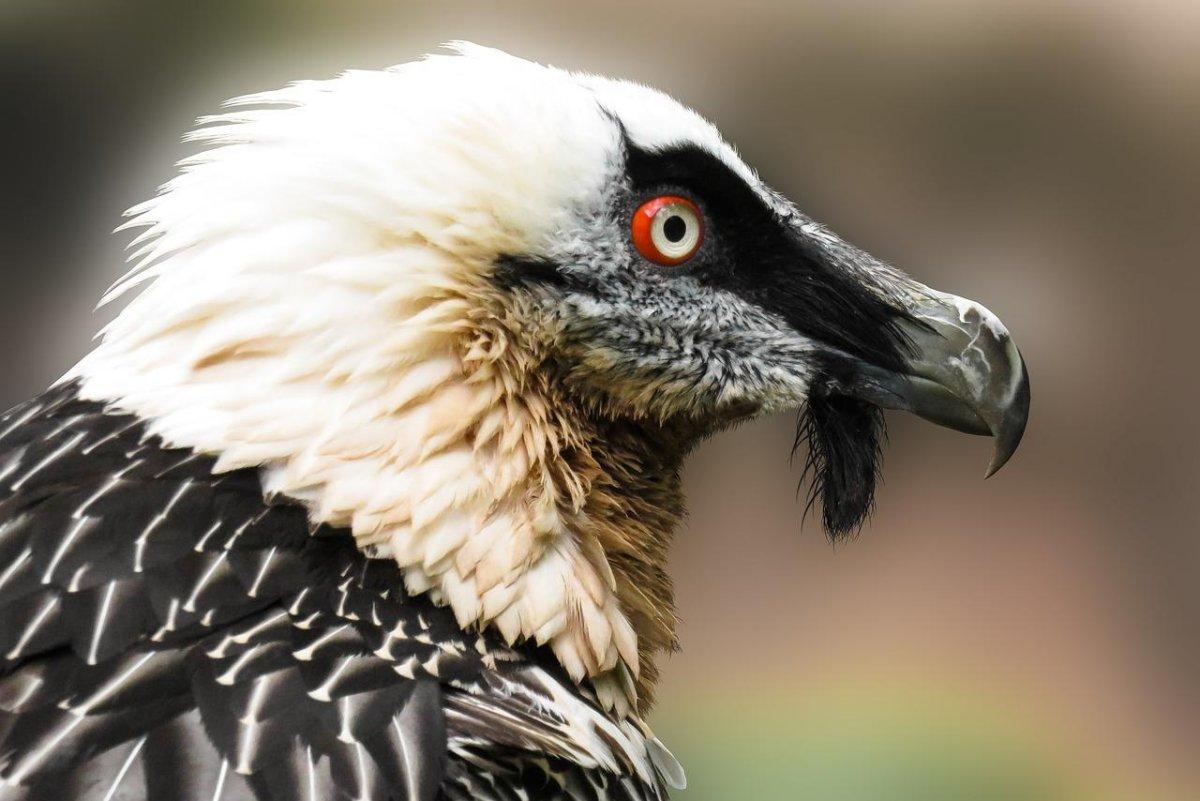
- Name: Bearded vulture
- Scientific name: Gypaetus barbatus
- Conservation status:
The bearded vulture, also known as the ossifrage or the lammergeier, is a very large species of bird of prey that can be found in southern and southeastern Europe, northwestern, eastern and southern Africa, and the Middle East.
The global population of the bearded vulture is continuously on the decline, and it has been listed as near threatened since 2014. Interestingly enough, it is the only known vertebrate to almost exclusively feed on bone, which consists of 70 to 90 percent of its diet!
—
So there you have them, these were my 15 wild animals in Macedonia. I hope you enjoyed this list and that you learned something new today.
In case you want to learn more about animals in the country, feel free to keep reading, as I still have lots of things to tell you about:
Endangered Animals of Macedonia
This is definitely the saddest part of the list, but it is very important to raise awareness. Because of this, let’s go through the list of endangered animals in Macedonia.
Here are the animals in danger of extinction in Macedonia.
- None
- Doiran bleak
- European eel
- Slender-billed curlew
- European souslik
- Egyptian vulture
- Saker falcon
- Prespa trout
- White-headed duck
- and 1 more…
To see the full list of endangered species in Macedonia, head over to the International Union for Conservation of Nature’s Red List.
What is the National Animal of Macedonia?
The national animal of Macedonia is the lion.
The lion has long been an important symbol in the entire world, and in Macedonia since the 17th century when it was depicted on the coat of arms. Also, throughout the 16th to the 18th centuries, the lion has been used as a classic heraldic emblem.
In the 20th century, the Internal Macedonian Revolutionary Organization also used the lion, but when Macedonia claimed its independence, the proposal to replace the current coat of arms with a golden lion was not approved. Finally, the lion can also be found on emblems of organizations, political parties, and sports clubs in the country.
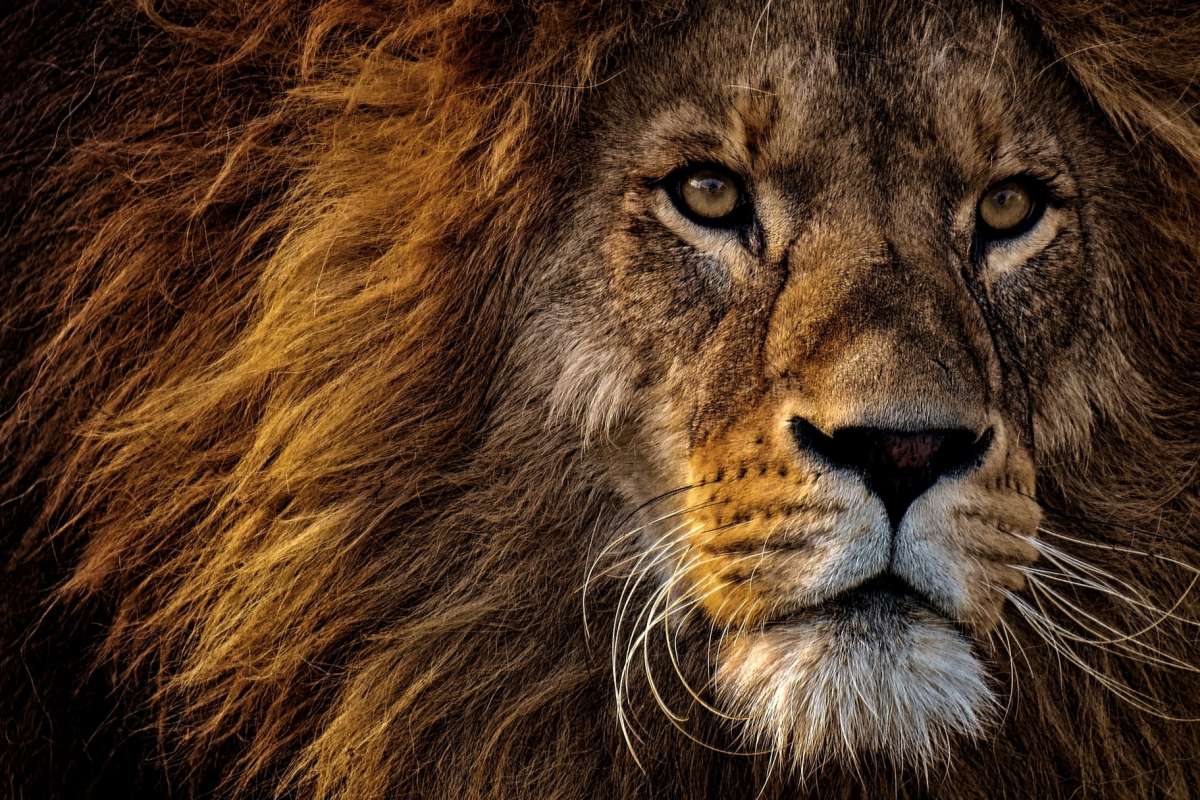
How Many Animals Native to Macedonia?
What is the diversity of native animals in Macedonia?
Let’s look at the total number of species of Chordata (mammals, birds, fishes, and reptiles).
Total number of animal species in Macedonia: 558 (3,149 in total in Europe)
What kind of bears live in Macedonia?
There is only one species of bear in Macedonia, but it is also the most famous and widespread one in all of Europe: the brown bear. The local subspecies is known as the Macedonian brown bear.
The brown bear is a large, carnivorous mammal that is only exceeded in size by its close relative, the polar bear. Outside of its white counterpart, it is the largest terrestrial animal and an important symbol in European folklore and literature.
How many bears are in Macedonia?
Although the brown bear is locally considered of least concern, there are not many of them left in Macedonia: only about 160 to 200 individuals.
These bears are part of the Dinaric-Pindos population, and almost half of them live in Mavrovo National Park, in the northwestern part of Macedonia.
More About Animals in the World!
Loved these Macedonia wildlife facts? Want to see what animals live in other countries?
Then check out these posts:
Or click here to see ALL the facts up on the blog! Spoiler alert: there’s A LOT of them.
Share the knowledge! Click on the buttons below to share information about these famous animals in Macedonia with your friends, and help them learn more about the world 🙂

![10 Wild Animals in Sudan [Wildlife in Sudan]](https://www.kevmrc.com/wp-content/uploads/2022/12/10-wild-animals-in-sudan.jpg)
![14 Wild Animals in Northern Ireland [Wildlife in Northern Ireland]](https://www.kevmrc.com/wp-content/uploads/2022/10/14-wild-animals-in-northern-ireland.jpg)
![18 Wild Animals in Georgia [Wildlife in Georgia]](https://www.kevmrc.com/wp-content/uploads/2022/06/18-wild-animals-in-georgia.jpg)